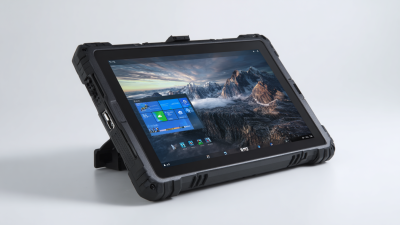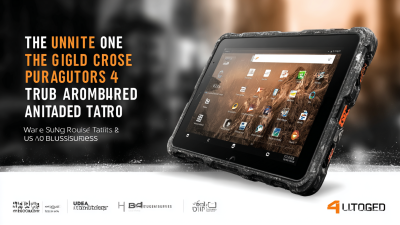How to Choose the Right Rugged Tablet for Your Tough Working Environment
In today's fast-paced and demanding work environments, the right technology tools are essential for maintaining productivity and efficiency. Among these tools, Tablet Rugged devices have become increasingly popular due to their durability and performance in challenging conditions.
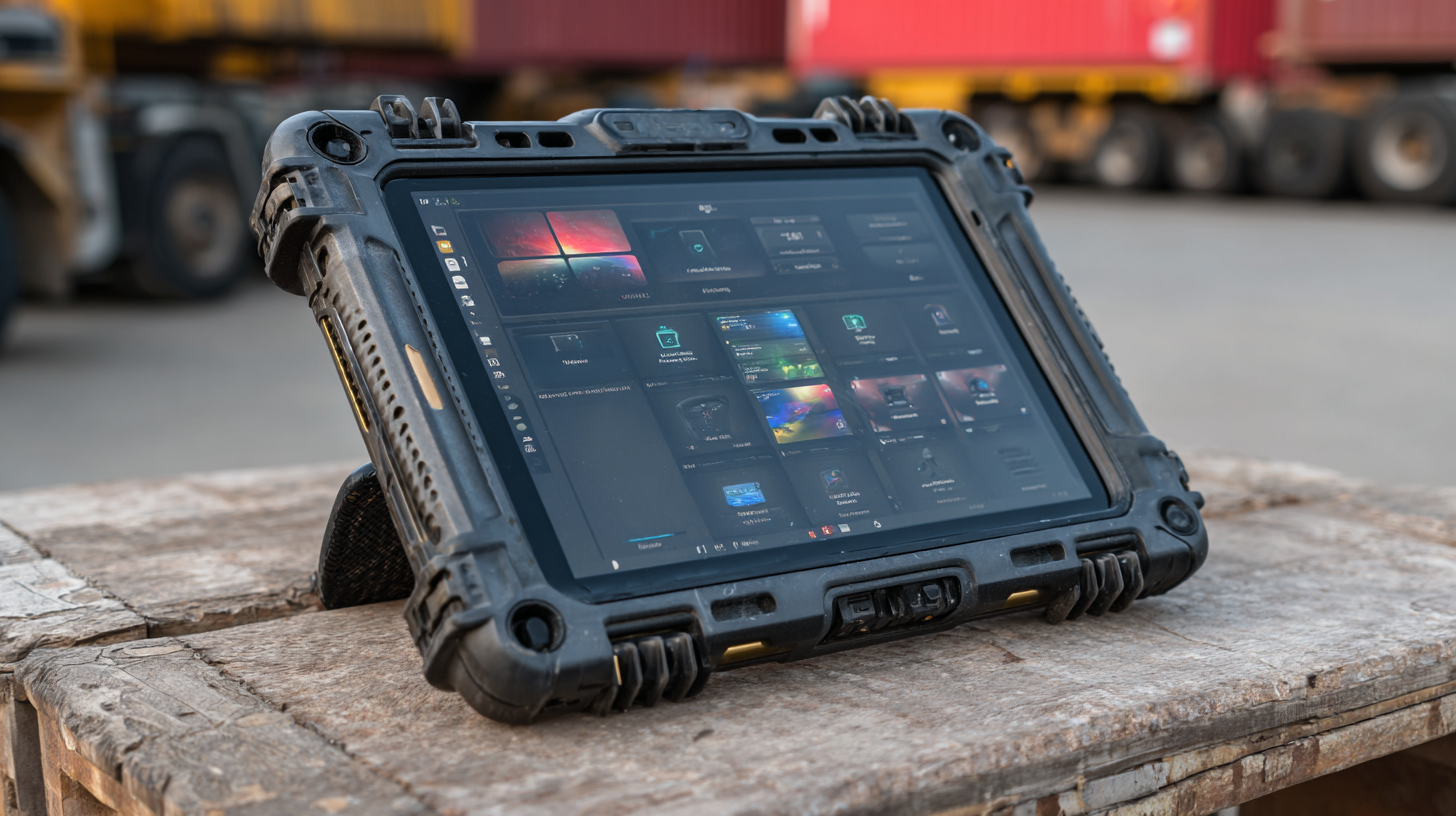 According to a report by VDC Research, the rugged tablet market is projected to grow significantly, with an estimated increase from $1.5 billion in 2020 to $2.7 billion by 2025, indicating a shift towards mobile solutions that withstand harsh conditions.
When choosing the right rugged tablet, factors such as operating temperature, resistance to dust and water, battery life, and compatibility with field applications come into play.
This guide aims to navigate the complexities of selecting the ideal rugged tablet tailored for tough working environments, ensuring that you make an informed decision that enhances your operational efficiency and longevity of equipment.
According to a report by VDC Research, the rugged tablet market is projected to grow significantly, with an estimated increase from $1.5 billion in 2020 to $2.7 billion by 2025, indicating a shift towards mobile solutions that withstand harsh conditions.
When choosing the right rugged tablet, factors such as operating temperature, resistance to dust and water, battery life, and compatibility with field applications come into play.
This guide aims to navigate the complexities of selecting the ideal rugged tablet tailored for tough working environments, ensuring that you make an informed decision that enhances your operational efficiency and longevity of equipment.
Understanding the Importance of Durability in Rugged Tablets
When selecting a rugged tablet for demanding work environments,
durability is paramount. Rugged tablets are designed to withstand the rigors of fieldwork,
from extreme temperatures to drops and exposure to dust and moisture. A reliable rugged device not only survives the harsh conditions
but also maintains performance, ensuring that professionals can rely on it for critical tasks. For instance,
recent models showcase advancements in durability features, with some meeting military standards for resistance against environmental threats.
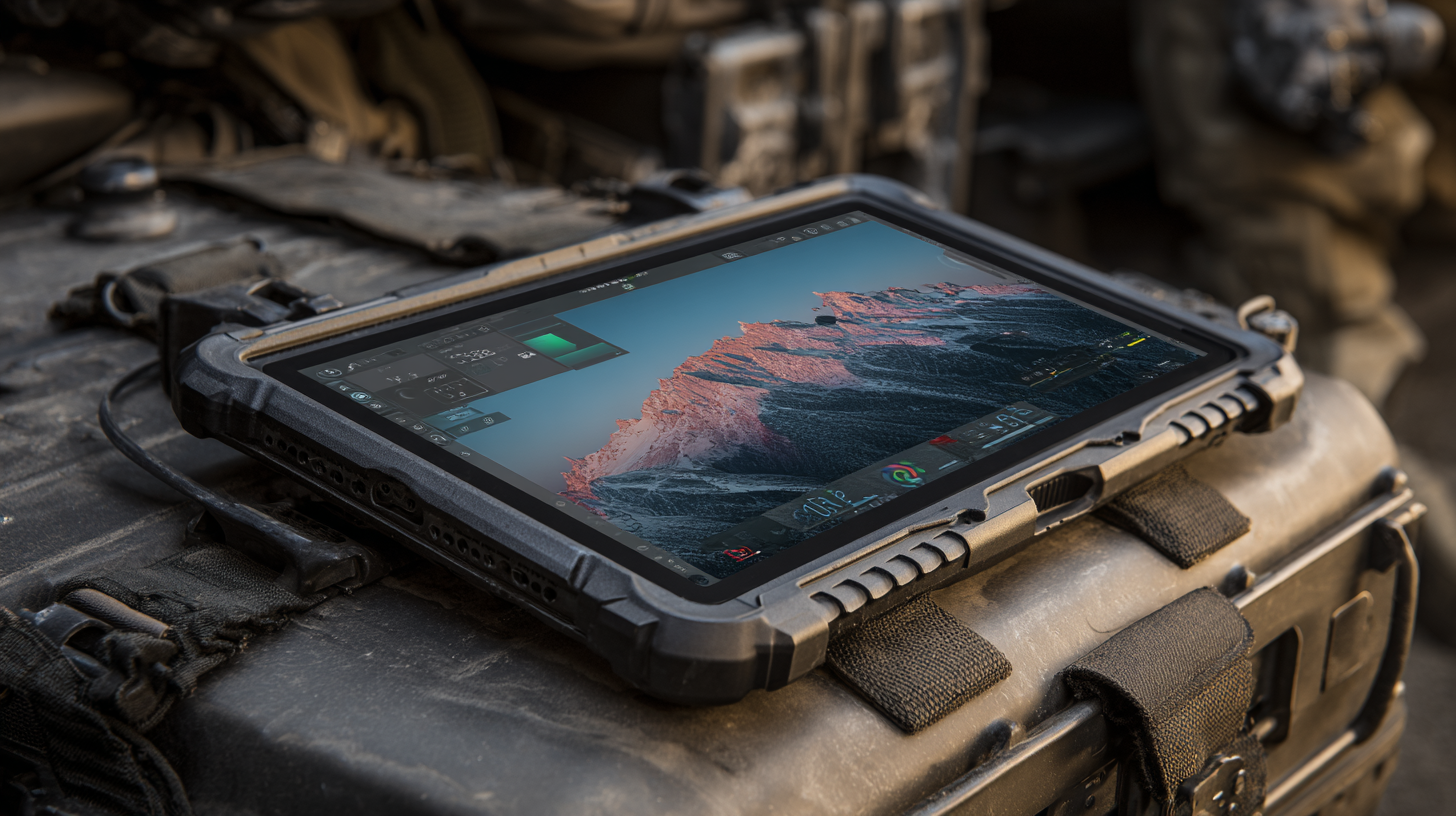
In addition to robust physical construction, modern rugged tablets often incorporate
powerful hardware suited for intensive applications. With options ranging from
advanced camera systems to high-performance processors,
these devices cater to diverse needs in a variety of fields, from healthcare to public safety.
The focus on durability in rugged tablets is echoed in user reviews, emphasizing not just the protection offered,
but also the ability to function effectively in different scenarios. Whether in a mine shaft or a construction site,
a rugged tablet is an indispensable tool that combines resilience with functionality,
making it a wise investment for those in challenging professions.
Key Features to Look for in a Rugged Tablet
When selecting a rugged tablet for demanding work environments, key features are essential to ensure durability and functionality. First and foremost, the tablet should possess a robust build, ideally certified to meet military standards (MIL-STD). This ensures it can withstand harsh conditions, such as extreme temperatures, moisture, and dust. Additionally, look for screens with high brightness and anti-glare properties, which enhance visibility in outdoor or brightly lit settings.
Another critical feature is battery life. A rugged tablet should have a long-lasting battery that supports full-day usage without needing frequent recharges, which is vital for fieldwork. Furthermore, connectivity options like 4G/LTE support and Wi-Fi capabilities are important to maintain communication in remote areas. Finally, consider the operating system and hardware specifications to ensure compatibility with necessary applications, making the device not only tough but also efficient in handling demanding tasks.
How to Choose the Right Rugged Tablet for Your Tough Working Environment - Key Features to Look for in a Rugged Tablet
| Feature |
Importance |
Recommended Specification |
| Drop Resistance |
High |
MIL-STD-810G compliant |
| Water and Dust Protection |
Critical |
IP67 rating or higher |
| Battery Life |
Moderate |
8-12 hours |
| Display Brightness |
High |
800 nits or higher |
| Operating Temperature |
Important |
-20°C to 60°C (-4°F to 140°F) |
| Connectivity Options |
Moderate |
Wi-Fi, LTE, Bluetooth |
| Weight |
Moderate |
Under 2 kg (4.4 lbs) |
Evaluating Performance Specifications for Your Work Needs
When choosing the right rugged tablet for a demanding work environment, evaluating performance specifications is crucial. Begin by assessing the tablet’s processing power and memory capacity. A device equipped with a strong processor and sufficient RAM ensures that it can handle multitasking and run heavy applications without lag, which is essential for employees who depend on efficiency in the field. Additionally, battery life cannot be overlooked; a rugged tablet should offer extended battery performance to support long working hours without the need for frequent charging.
Another important aspect to evaluate is the durability and resistance features of the tablet. Look for specifications that highlight IP ratings for water and dust resistance, as well as military-grade certifications that indicate the device can withstand drops and extreme temperatures. Touchscreen sensitivity is also vital, especially if the device will be used with gloves in harsh conditions. Finally, consider the operating system and software compatibility to ensure seamless integration with existing tools and processes within the organization, ultimately optimizing productivity in tough working conditions.
Performance Specifications of Rugged Tablets for Tough Working Environments
Assessing Battery Life and Power Management in Tough Environments
When selecting a rugged tablet for demanding work environments, battery life and power management are crucial factors that directly impact productivity. According to the International Data Corporation (IDC), nearly 70% of field professionals cite battery longevity as a primary consideration when choosing mobile devices. In tough settings, such as construction sites or warehouses, where access to charging facilities can be limited, a tablet with exceptional battery performance can be the difference between continuous workflow and operational downtime.
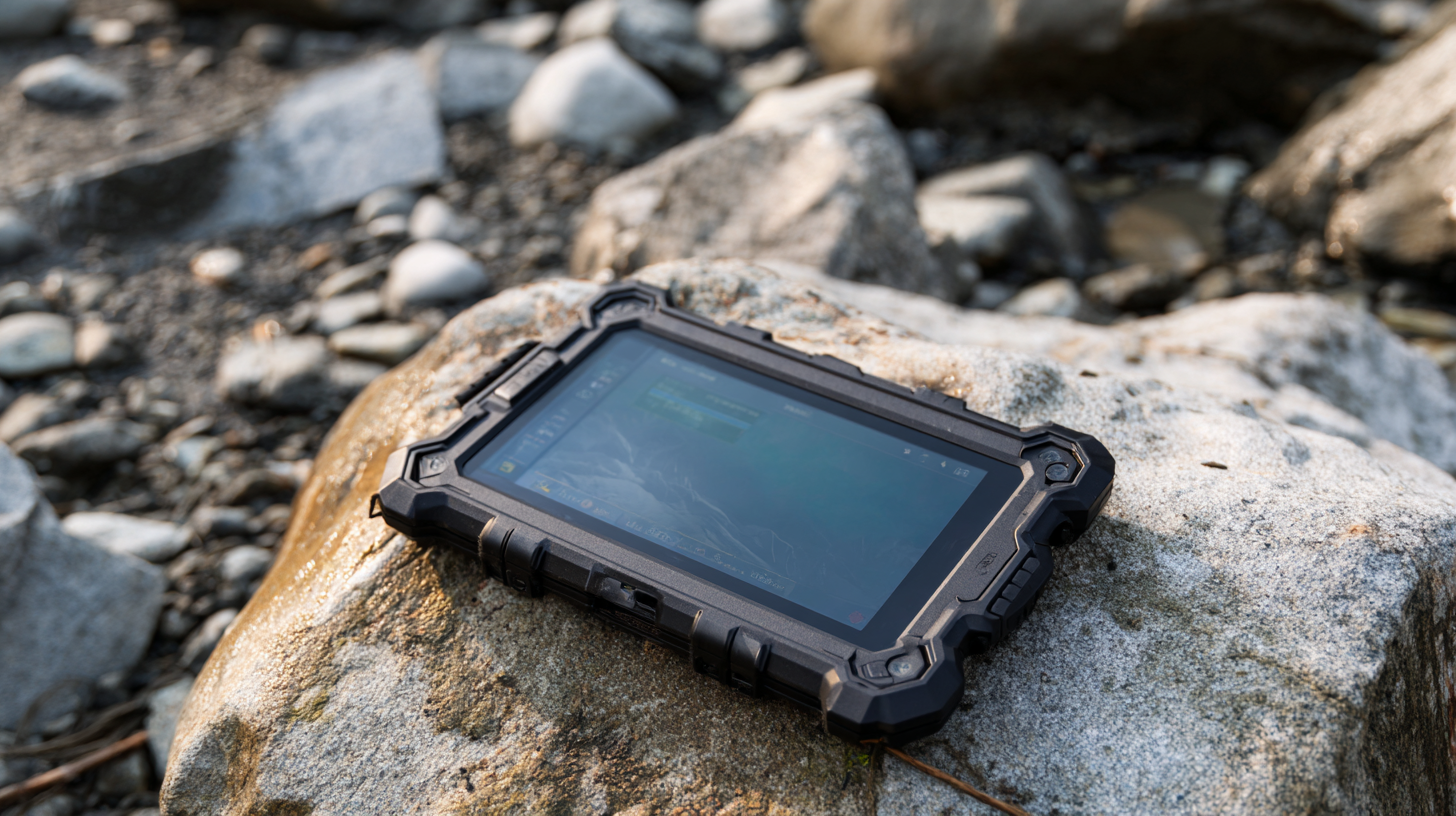
Power management features also play an essential role in ensuring that rugged tablets can withstand harsh conditions. Many models now come equipped with smart power-saving modes that can extend battery life by automatically adjusting performance based on user activity. A report by ABI Research indicates that tablets designed for industrial use can achieve up to 20 hours of battery life with advanced power management systems. This capability allows users to remain productive for longer periods, reducing the need for frequent recharging and promoting efficiency in the field. As such, careful assessment of battery performance and power management features should be at the forefront of any rugged tablet selection process.
Comparing Brands and Warranties for Long-Term Reliability
When selecting a rugged tablet for a demanding work environment, comparing brands and warranties is crucial for ensuring long-term reliability. Industry reports indicate that more than 80% of businesses that rely on fieldwork experience device failures due to environmental factors. Leading brands such as Pansonic, Getac, and Zebra are known for their high durability ratings, typically surpassing MIL-STD-810G standards, which assess their resilience against drops, vibrations, and extreme temperatures. Consequently, choosing a reputable brand can enhance your tablet's longevity and performance under tough conditions.
Tip: Before making a purchase, thoroughly review the warranty terms offered by different manufacturers. Many leading brands provide extensive warranties that cover accidental damage, often extending up to three years or more. This not only protects your investment but also provides peace of mind in rugged settings. Additionally, consider the brand’s service support; companies that offer on-site repairs may reduce downtime significantly.
Another critical factor is the compatibility of the device with necessary software and peripherals. Industry studies suggest that 65% of rugged tablet users experience challenges with app performance in harsh conditions. Ensuring the tablet is equipped with high-performance processors and sufficient RAM can help mitigate these issues, maintaining operational efficiency across various applications.

Home
Products
Solutions
MDM Software
Blog
OEM/ODM
About Us
About 3Rtablet
Quality Control
Contact Us
News
New Product Launch: 3R Rugged Tablet PC: AT-10AL—Powerful Customization with Yocto System
3Rtablet: Enhancing Your Off-Road Adventures,Your Ultimate Off-Road Companion
3Rtablet: Powering Productivity in Construction and Agriculture
Choosing Your Ideal Linux Rugged Tablet: Why Opt for Yocto?
Choosing Your Ideal Linux Rugged Tablet: Why Opt for Debian?
Yocto VS Debian - Choosing Between Yocto and Debian
GMS Certified Android Device: Ensuring Compatibility, Security and Rich Functions
New Arrivals: Rugged Android 12.0 or Linux Yocto OS Vehicle Telematics Box for Vehicle Applications in Various Sectors
Rugged Tablet For Taxi Dispatch
Rugged Driver Tablets Revolutionize Safety and Efficiency in Mining Operations
Rugged In-Vehicle Tablets Power the Growth of IoT Revolution in Modern Industries
FAQs
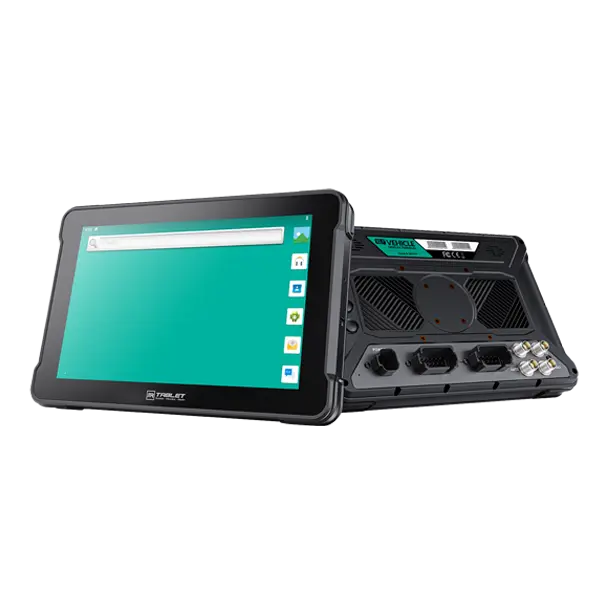 AT-10A
AT-10A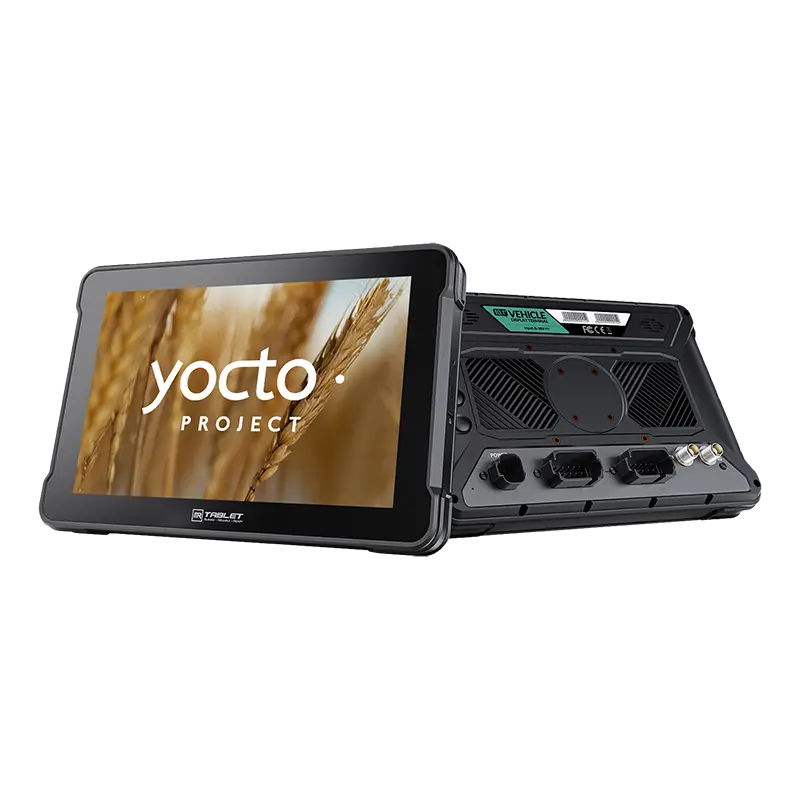 AT-10AL
AT-10AL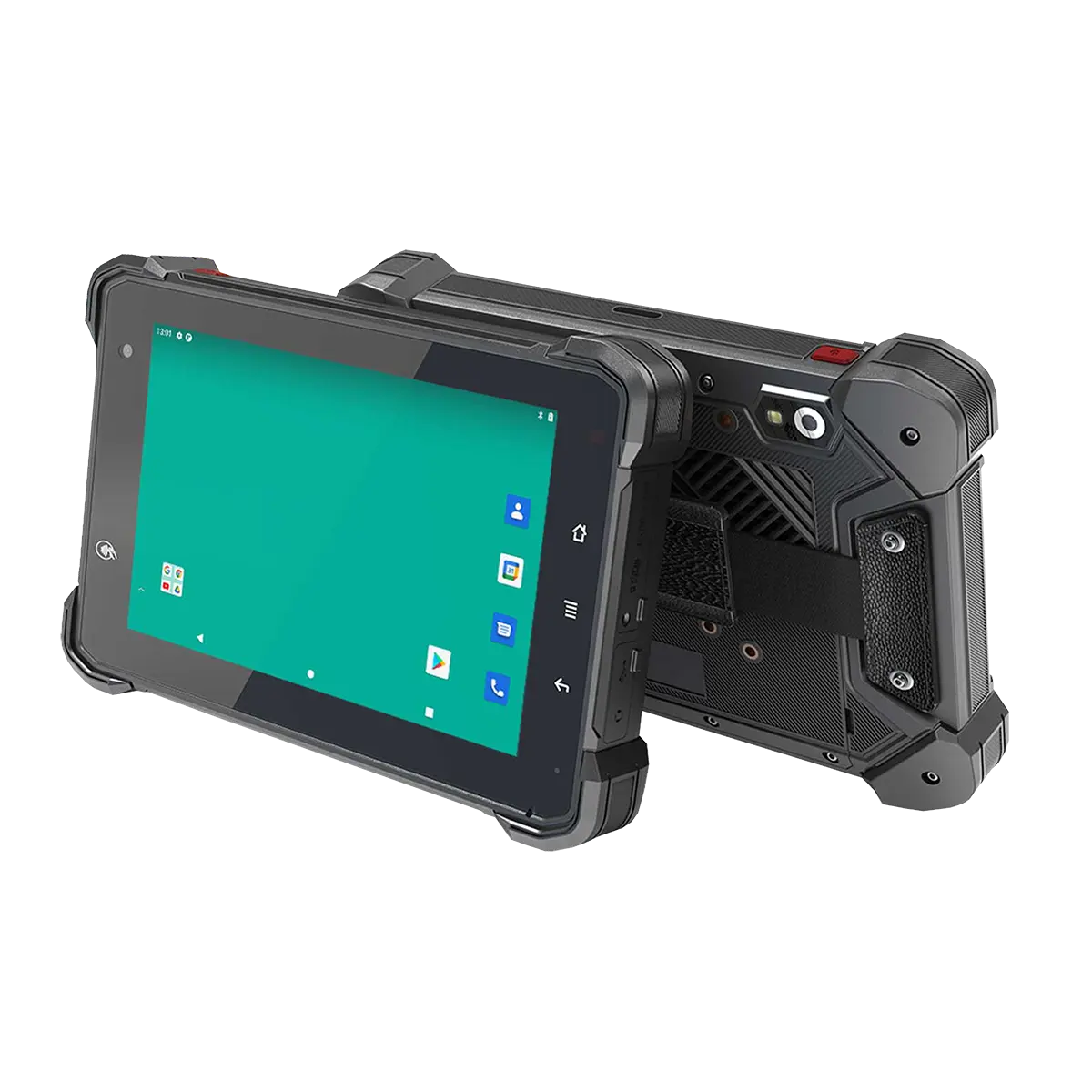 VT-7 GA/GE
VT-7 GA/GE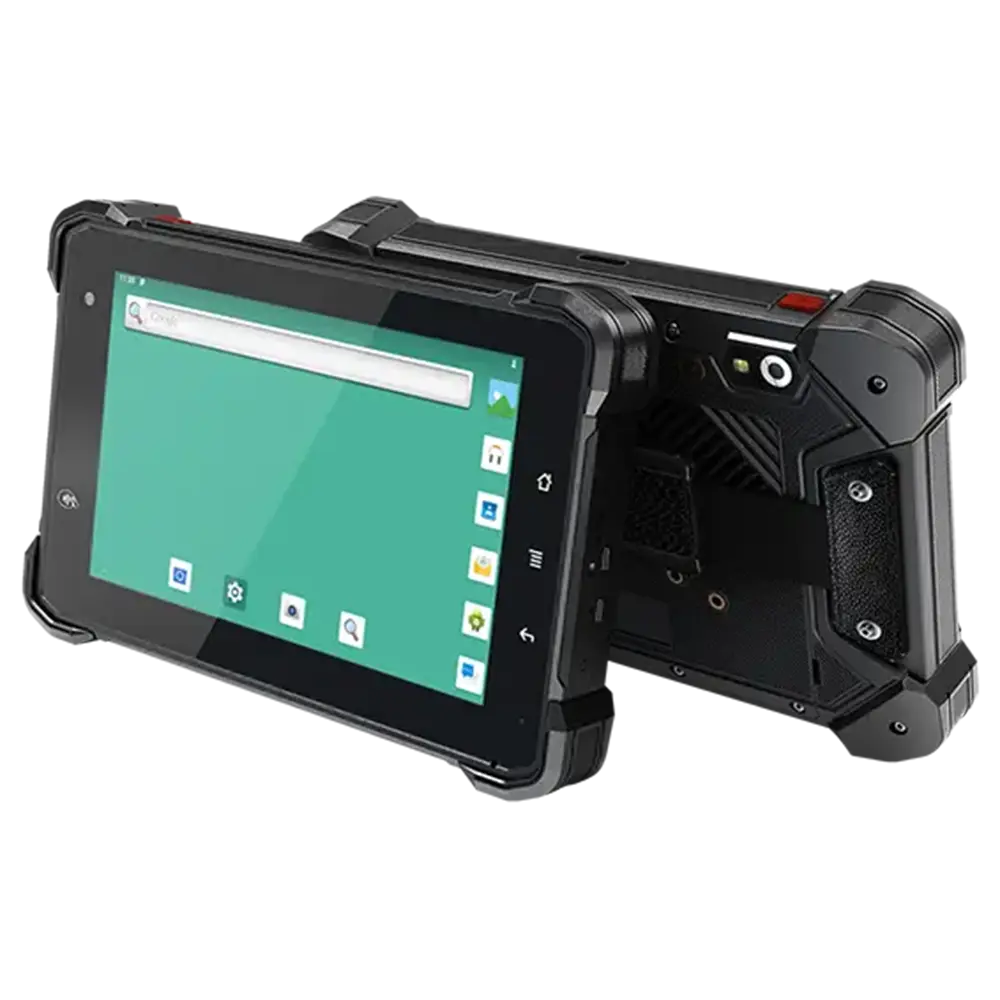 VT-7 Pro
VT-7 Pro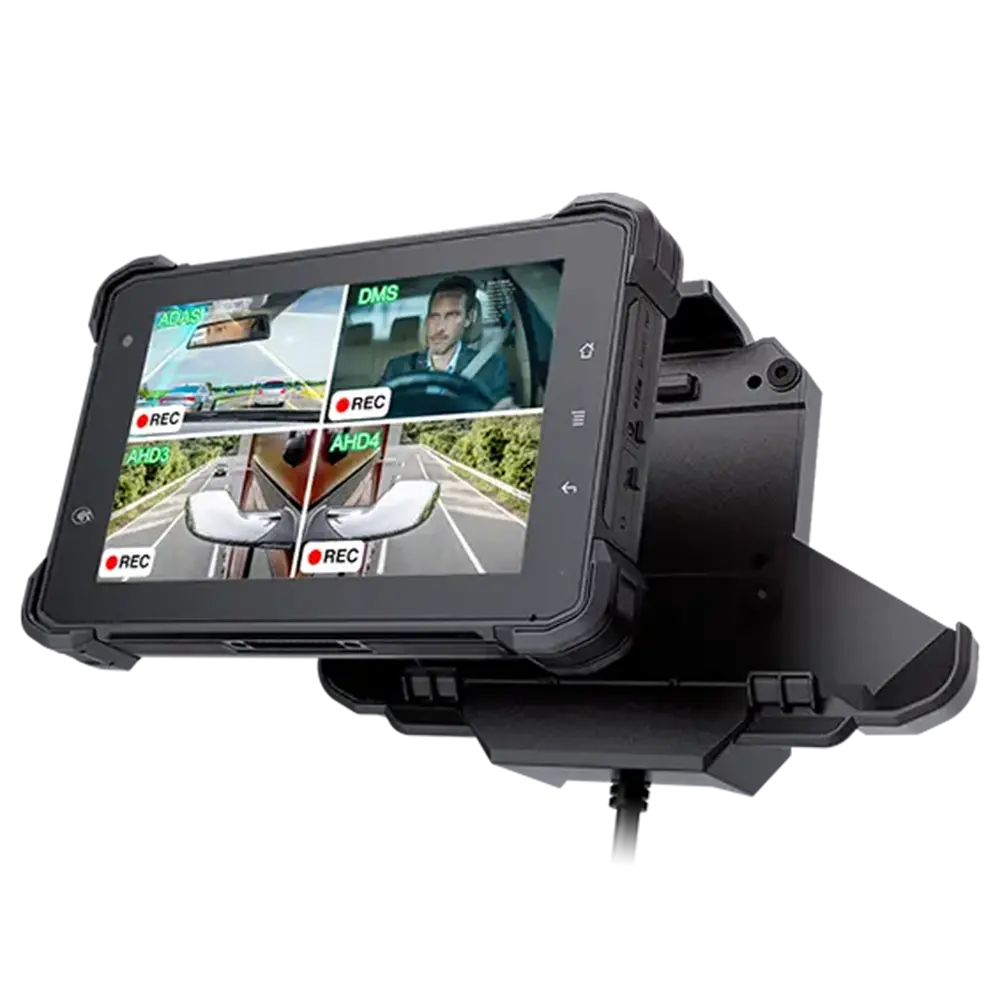 VT-7 PRO (AHD)
VT-7 PRO (AHD)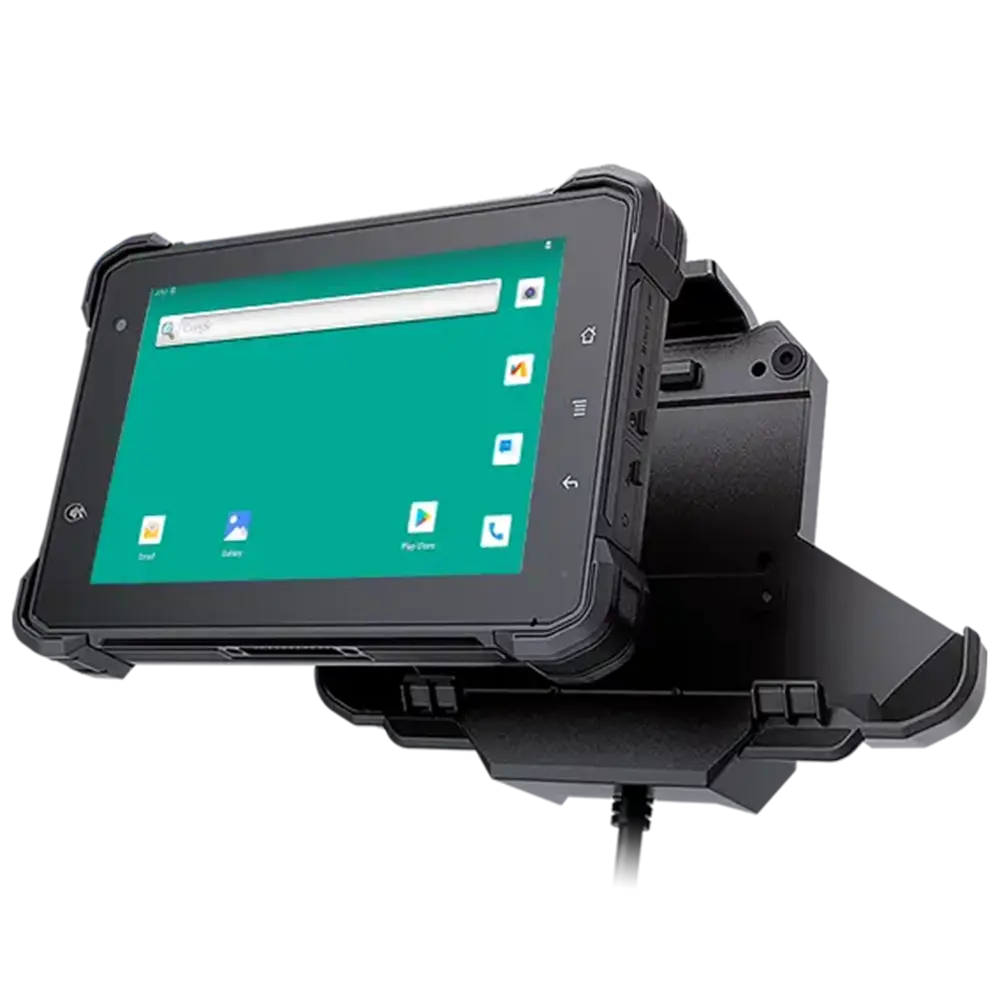 VT-7A
VT-7A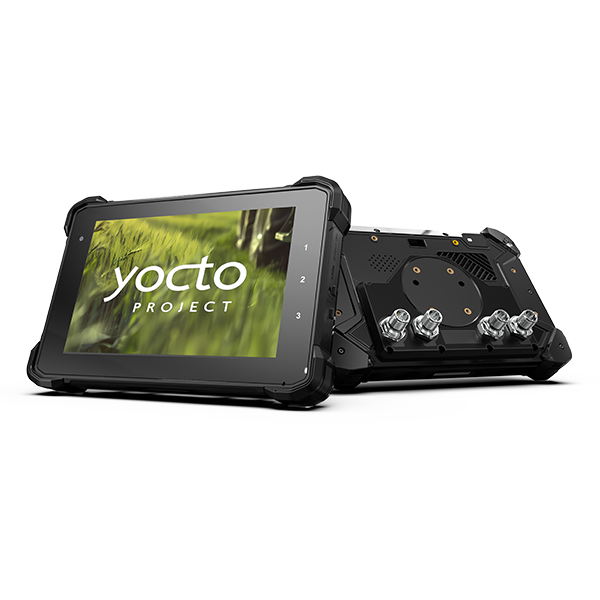 VT-7AL
VT-7AL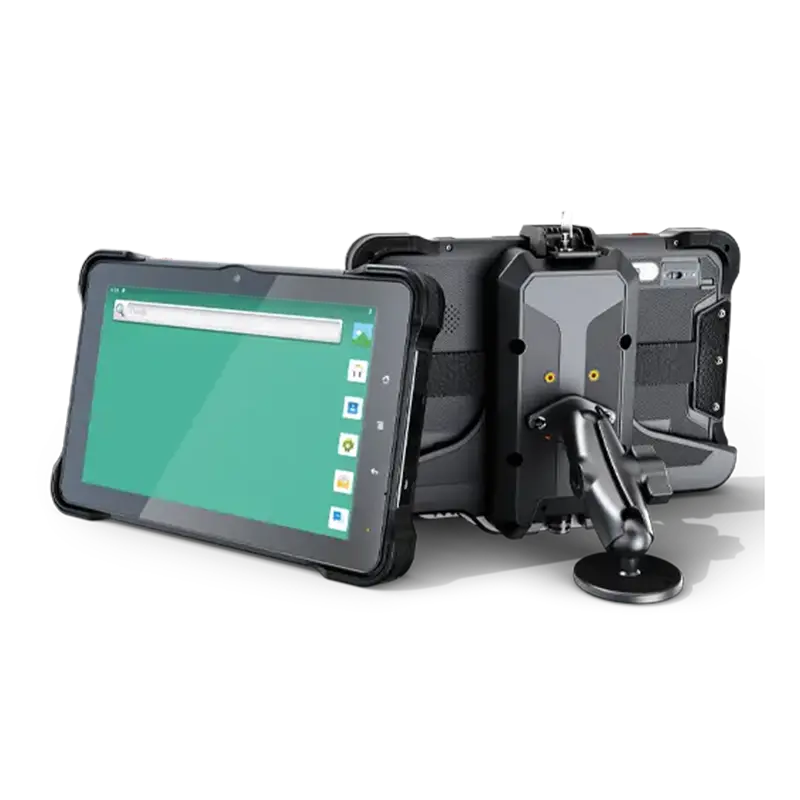 VT-10
VT-10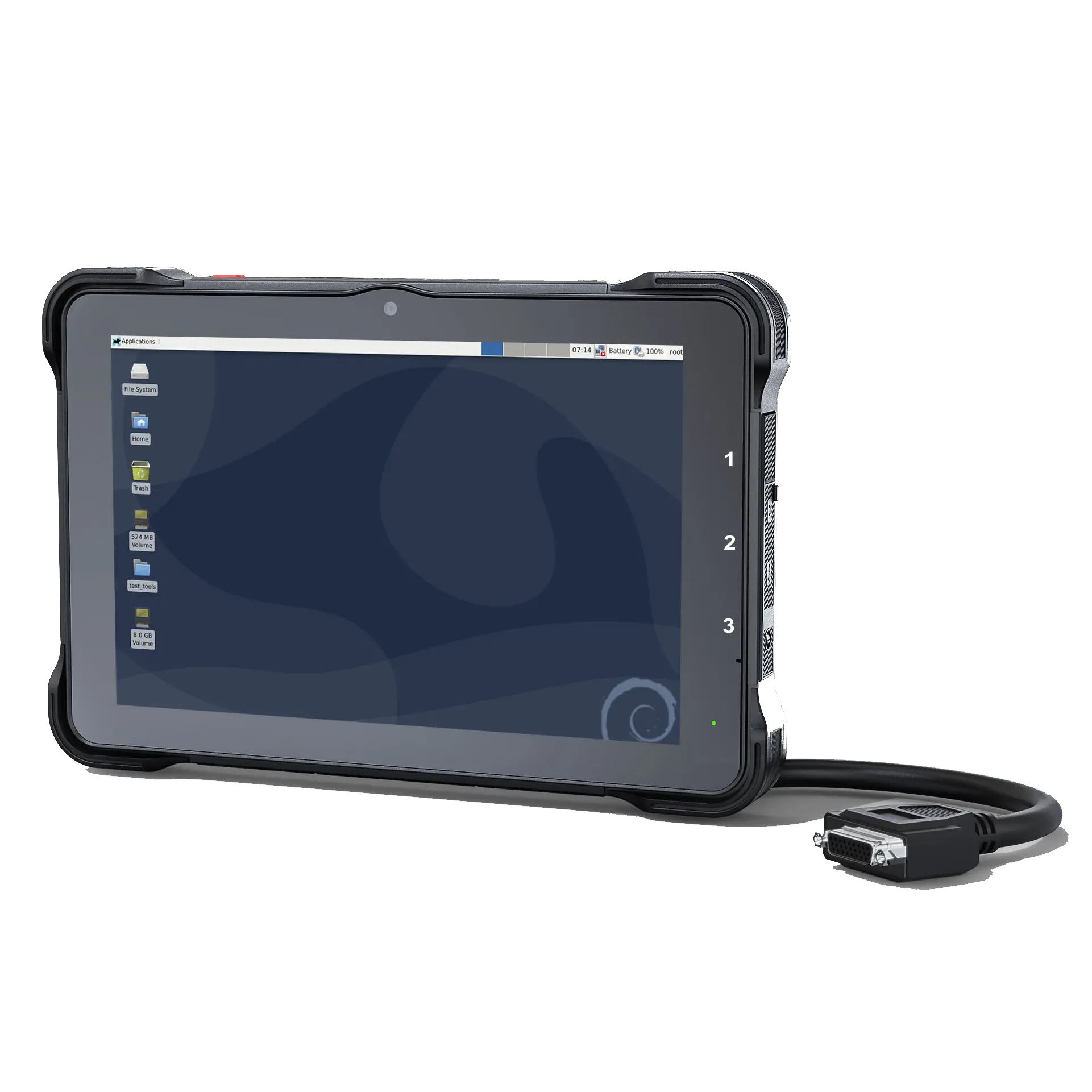 VT-10 IMX
VT-10 IMX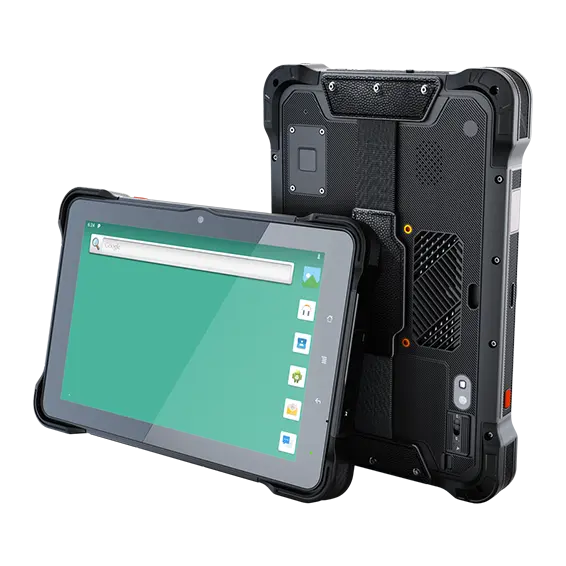 VT-10 Pro
VT-10 Pro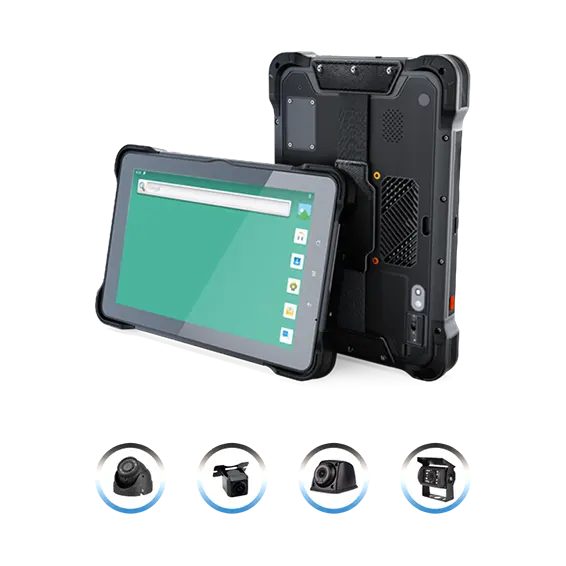 VT-10 Pro AHD
VT-10 Pro AHD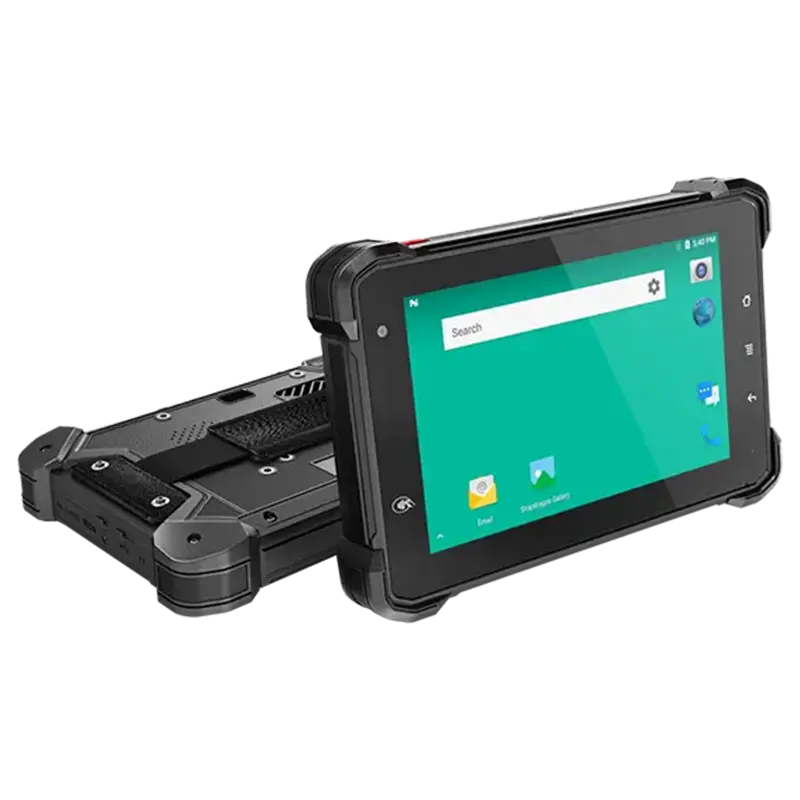 VT-7
VT-7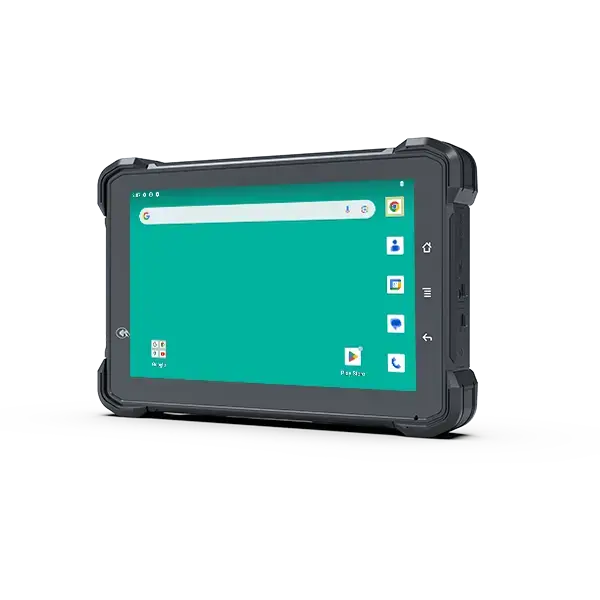 VT-7A PRO
VT-7A PRO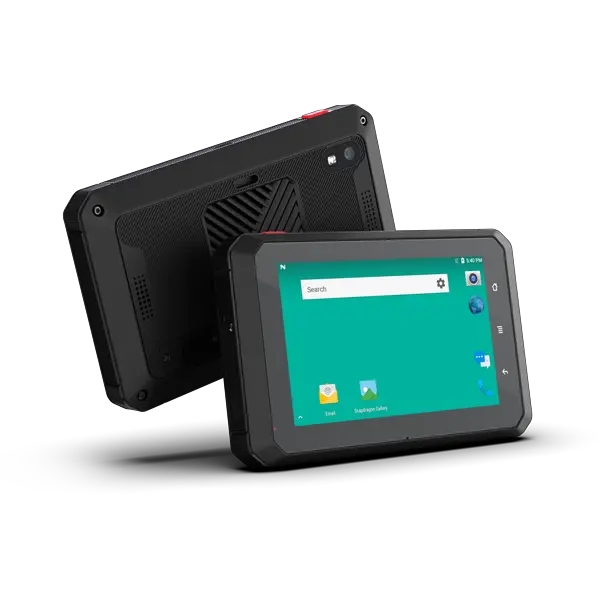 VT-5A
VT-5A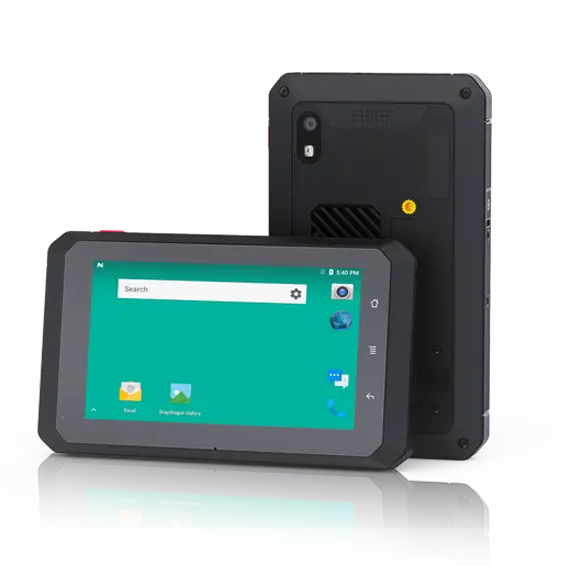 VT-5
VT-5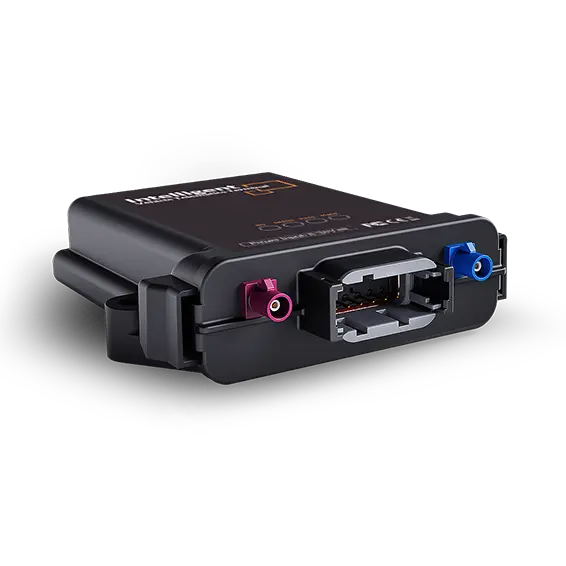 VT-BOX
VT-BOX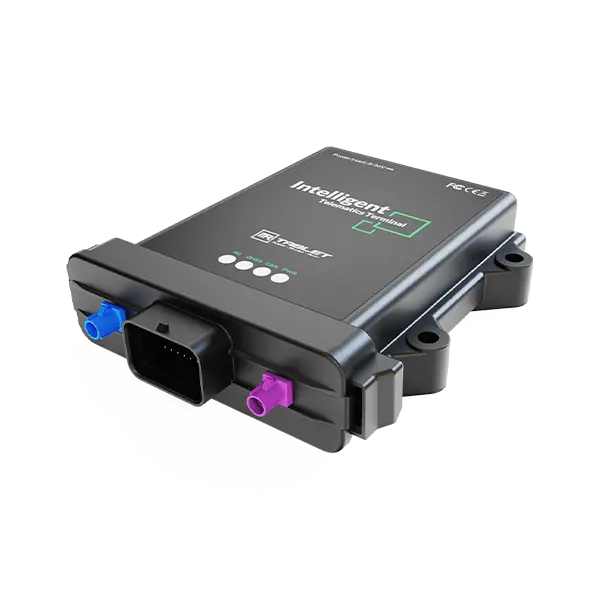 VT-BOX-II
VT-BOX-II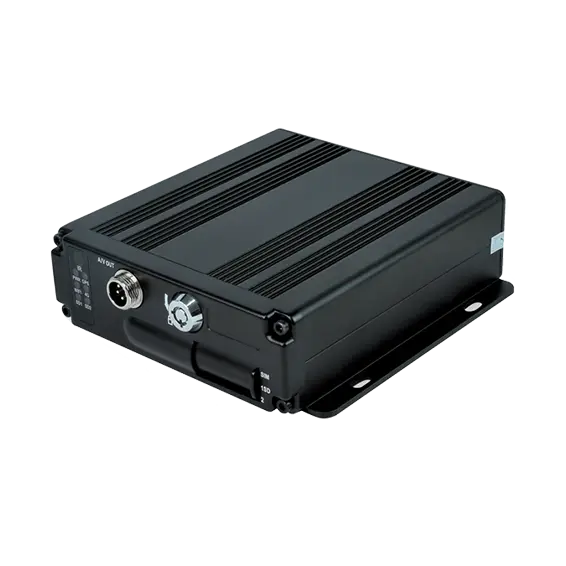 AI-MDVR040
AI-MDVR040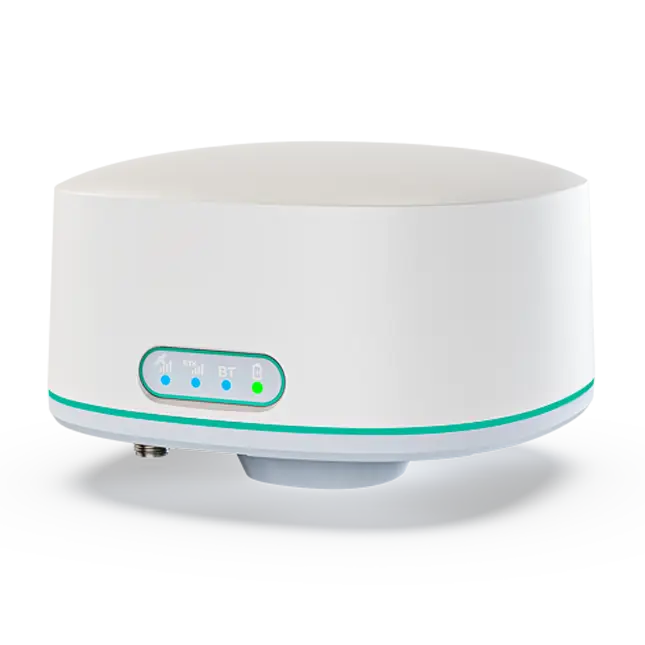 AT-B2
AT-B2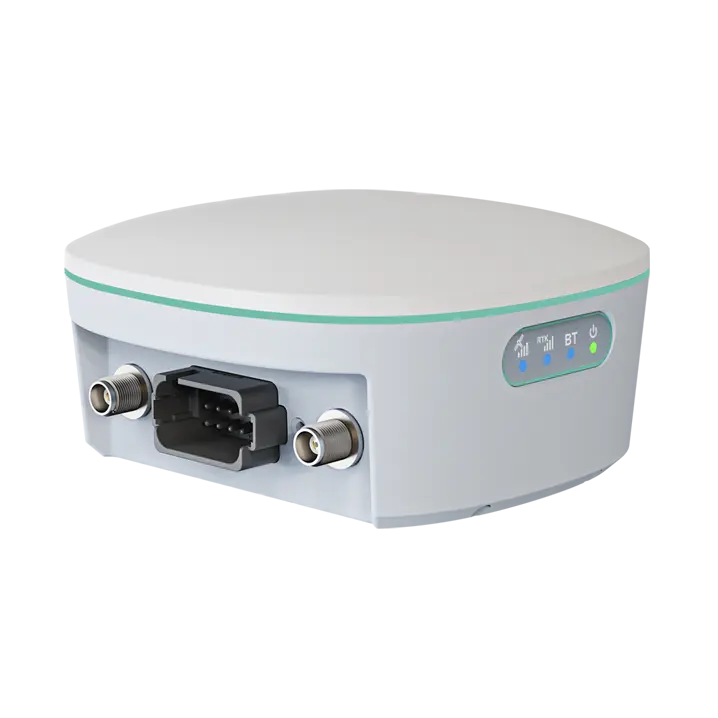 AT-R2
AT-R2 According to a report by VDC Research, the rugged tablet market is projected to grow significantly, with an estimated increase from $1.5 billion in 2020 to $2.7 billion by 2025, indicating a shift towards
According to a report by VDC Research, the rugged tablet market is projected to grow significantly, with an estimated increase from $1.5 billion in 2020 to $2.7 billion by 2025, indicating a shift towards 





